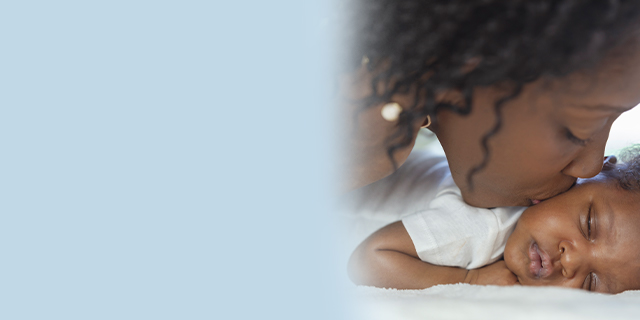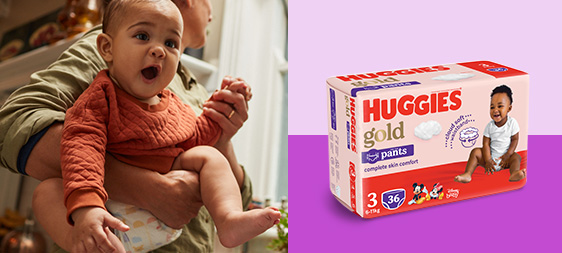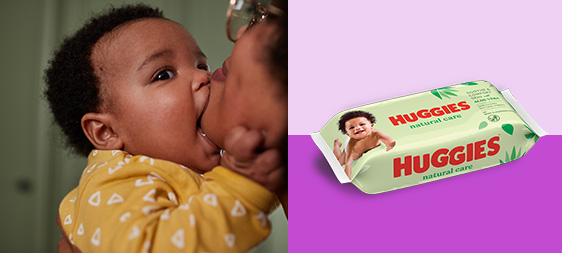Taking time out to massage your baby can be a gift for both of you. It is a time to focus on each other in an uninterrupted way. Then as you see the comfort and joy your baby gets from your strokes, you will begin to feel that comfort and joy also.
Massage for a healthy newborn can start just as soon as you are ready. In the early days your baby will still be wanting to be held quite close and not feel too exposed so, as well as having the environment nice and warm, and a soft blanket to cover any part of them not being massaged, you may find it helpful to roll up a towel to fold around them, creating extra support and a cocoon effect.
Newborn babies also have a need to ‘guard’ their soft parts like their tummy, chest, inner thighs, armpits, and palms of hands, so respect their protectiveness and massage around these areas until they relax more for you. Babies also come into the world with certain reflexes, which you may inadvertently trigger during massage.
Newborn reflexes
These reflexes include:
Moro (startle) reflex, which occurs if there is a sudden change in position or a loud noise. Your baby will throw out their arms and legs then pull them back with a bit of a tremble. It starts to subside around 3 months of age.
Rooting (nuzzling for milk) reflex. This occurs if the cheek is stroked. Your baby will turn their head towards the stimulus. It starts to subside around 3 months of age.
Grasp (foot and hand) reflex. If you stroke the palm of the hand or the sole of the foot, your baby will curl it inwards and close over your finger. This transitions from spontaneous to voluntary with growth and development.
Tonic Neck reflex occurs when your baby’s head is turned to the side. It causes their whole body to arch away. This reflex subsides from around 6 months of age.
There is no cause for concern if you trigger these reflexes during massage, except to understand why they happen and to give your baby time to adjust or relax again when they do. For example, when you massage the soles of the feet and the toes curl, just allow time for them to open up again, before you do the next stroke.
How do I know if my baby is comfortable receiving massage?
Babies have a wide range of ways of telling us what is okay for them, both physically and emotionally. Sometimes, just like us, they also have mixed feelings about things and will give us some ‘it’s okay’ and some ‘it’s not okay’ messages at the same time!
Stress signs include:
Hiccups
A change in colour
Not being able to focus on you
Being guarded, restless, irritable, flaccid or disinterested
Arching or straining
Crying
Comfortable signs include:
Happy vocal sounds
Bowel sounds (passing wind easily)
Glowing skin with even tone
Easy breathing pattern
Being bright-eyed
Being able to focus on you and take in surroundings comfortably
Enjoying stretching, sucking, and clasping own hands or feet
If your baby is giving strong stress signs, stop massaging and respond to their needs. If they are giving mixed messages, pause, reassure them, then try again. If the stress returns, stop. If it eases, then maybe reassurance was all that was needed – well done! If your baby is comfortable – wonderful! Continue!
The only time you might ever massage your baby when they are crying is if they have colic, and you are rubbing their tummy or lower back to help ease the pain.
Respecting your baby’s feelings, honouring them and having a conversation with them about how they feel, is so beneficial in building trust and will enhance your bond.




























